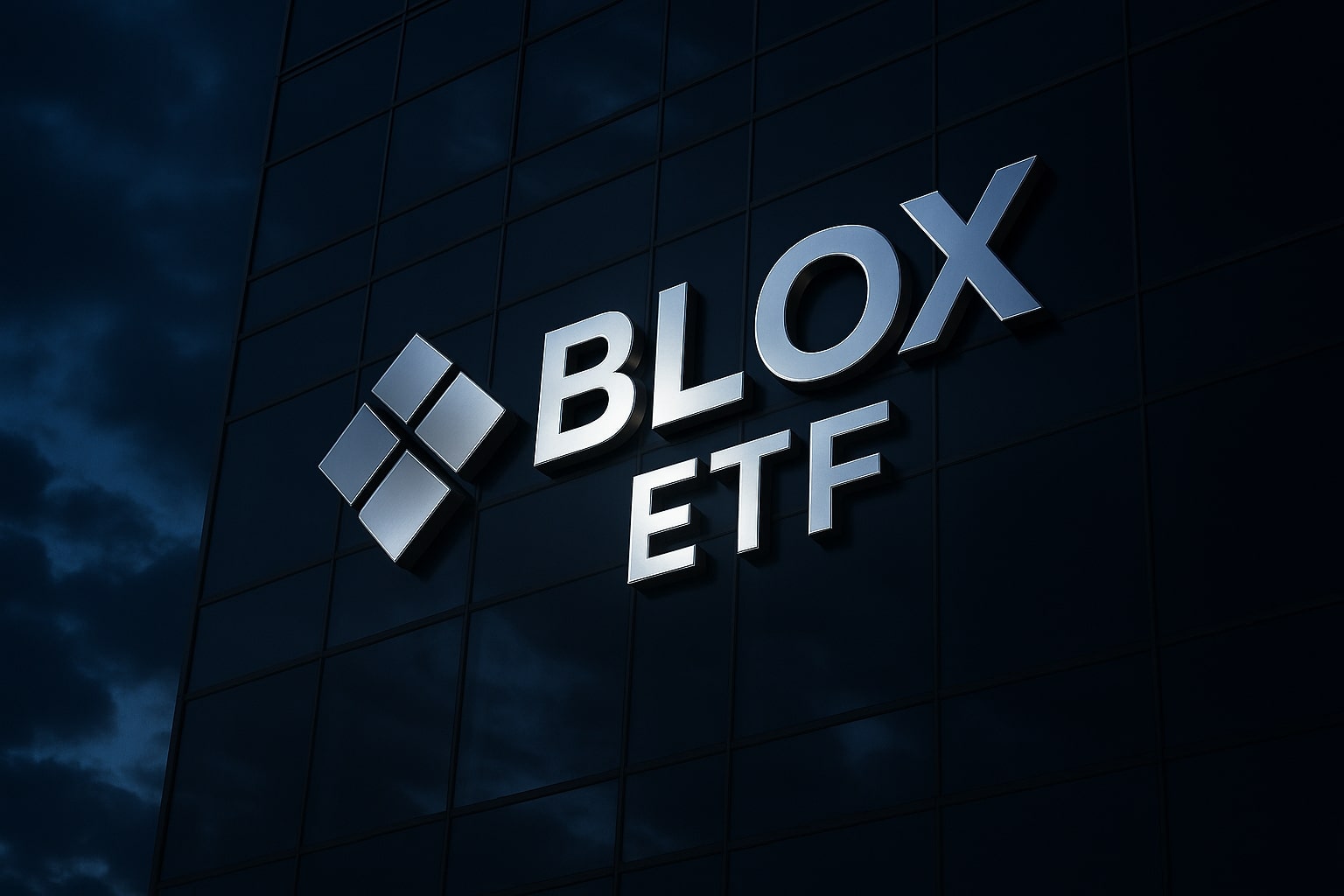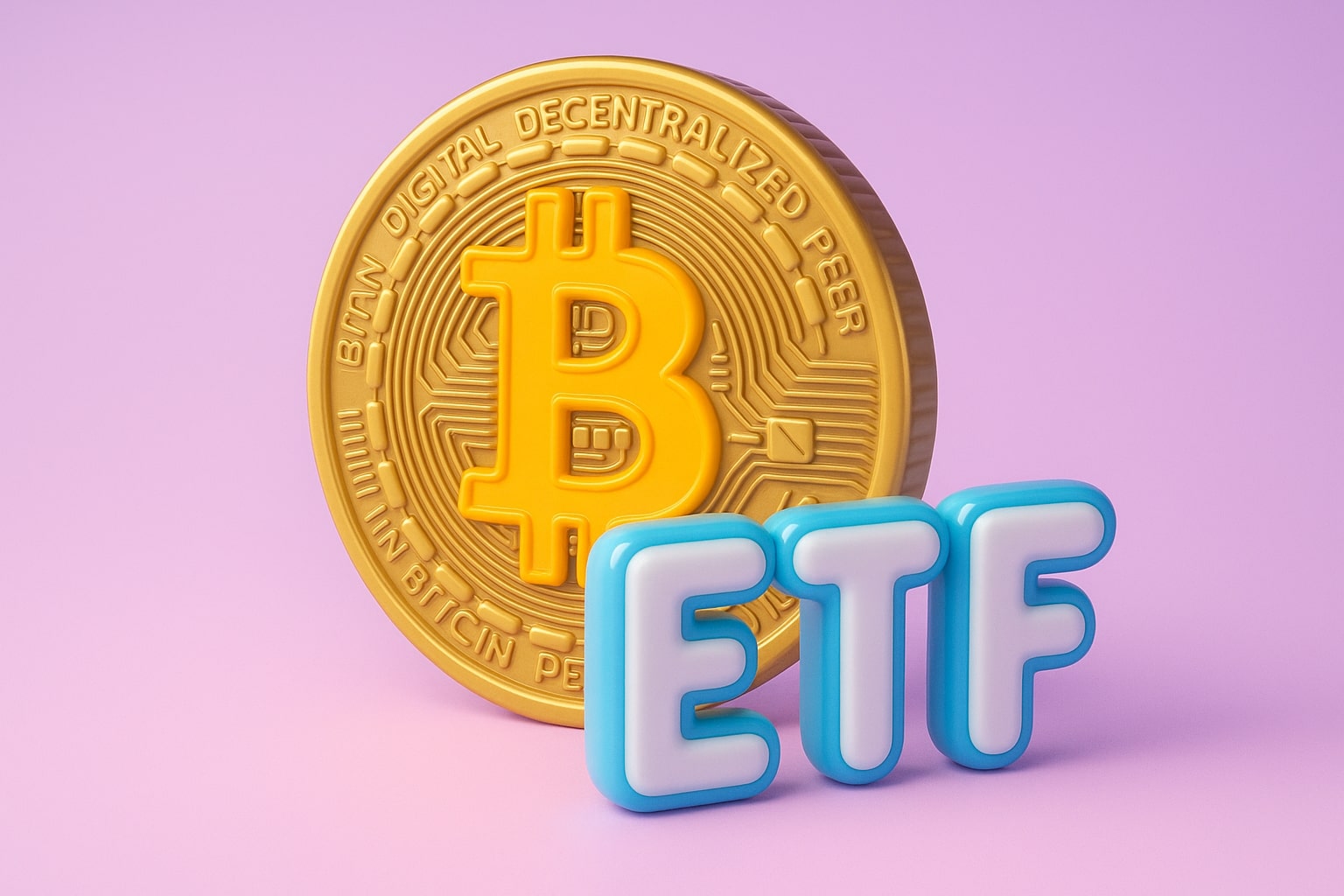Bitcoin ETF Inflows: A Historic Surge and Emerging Risks Amid Record-Breaking Capital Influx
Bitcoin ETF Inflows Soar, Reaching New All-Time Highs
Bitcoin (BTC-USD) continues to cement its position as the flagship cryptocurrency, with Bitcoin ETFs seeing a massive surge in institutional interest. In the first few months of 2024, Bitcoin ETFs collectively attracted over $41 billion in net inflows, and the trend has only accelerated. By May 8, 2024, Bitcoin ETF inflows surpassed their all-time high of $40 billion, with BlackRock's iShares Bitcoin ETF (IBIT) playing a pivotal role. The IBIT ETF, with an impressive $64 billion in net assets, has become the largest spot Bitcoin ETF on the market, reflecting the growing institutional appetite for regulated exposure to Bitcoin. This growth comes amidst increasing interest in cryptocurrency as a store of value and hedge against inflation, especially in light of global economic uncertainties.
Institutional Capital Floods Into Bitcoin ETFs
The recent surge in Bitcoin ETF inflows is remarkable, signaling a shift in the financial landscape. In just a few months, Bitcoin ETFs have witnessed a record $5 billion increase in assets, up from $35 billion at the beginning of 2024. This marks an almost 15% increase within a short time span, highlighting institutional investors’ growing confidence in the asset class. According to James Seyffart, an analyst at Bloomberg Intelligence, this sharp rise in Bitcoin ETF inflows reflects the increasing adoption of Bitcoin ETFs as the go-to vehicle for exposure to Bitcoin, compared to direct investment in the cryptocurrency itself. Bitcoin’s current price of $103,744 adds to the allure, with investors looking to capitalize on the asset’s ongoing upward momentum.
The Impact of Bitcoin ETF Inflows on the Crypto Market
As Bitcoin ETFs attract significant capital, they’re contributing to a major reshaping of the cryptocurrency market. The rise in institutional investment is tightening the available supply of Bitcoin. With ETF providers now holding billions of dollars worth of Bitcoin in cold storage, the circulating supply of Bitcoin has decreased, causing a supply squeeze. This reduction in supply is driving up demand, which, in turn, is fueling the price rally. As Bitcoin's price continues to hover near $104,000, the market is closely watching to see if it can break through resistance levels and reach new highs.
Concerns Over Quantum Computing and Bitcoin Security
Despite the explosive growth in Bitcoin ETF inflows, concerns over emerging technologies like quantum computing have introduced new risks to the space. In its updated registration statement for the iShares Bitcoin ETF (IBIT), BlackRock raised a red flag about the potential threat of quantum computing to Bitcoin’s cryptographic security. BlackRock warned that advances in quantum computing could potentially undermine the cryptographic algorithms that secure Bitcoin transactions and wallets, rendering the network vulnerable to malicious attacks.
This marks the first time BlackRock has explicitly mentioned quantum computing risks in its Bitcoin ETF filings, underscoring the growing awareness within the financial community about the technological challenges Bitcoin may face in the future. While the risks posed by quantum computing remain speculative at this stage, the development of quantum-resistant cryptographic standards is a critical area of focus. However, implementing these upgrades would require significant coordination within the Bitcoin network, a process that could lead to contentious debates and delays. Given Bitcoin’s decentralized nature, achieving consensus on such upgrades may not be straightforward.
Bitcoin ETF Inflows and the Broader Crypto Ecosystem
While Bitcoin ETFs have dominated the capital inflow narrative, other cryptocurrency investment products are also seeing increased attention. According to data from CoinShares, Bitcoin continues to lead the charge, attracting $867 million in recent weeks, with Ethereum products bringing in a modest $1.5 million. The disparity in flows is a clear indication that Bitcoin remains the dominant player in the crypto market, with institutional investors showing a strong preference for Bitcoin exposure through ETFs.
This is further reflected in the regional breakdown of inflows, where the United States led the pack with $840 million in inflows, followed by Germany with $44 million and Australia with $10 million. In contrast, some regions like Sweden and Hong Kong saw outflows, highlighting the dominance of the U.S. market in driving Bitcoin ETF adoption.
Bitcoin ETFs vs. MicroStrategy: A Comparison of Performance
One of the key debates among Bitcoin investors is whether to invest in Bitcoin ETFs like the iShares Bitcoin ETF (IBIT) or MicroStrategy (NASDAQ: MSTR), which has accumulated a significant amount of Bitcoin on its balance sheet. As of May 5, 2024, MicroStrategy holds a staggering 555,450 Bitcoins, valued at $57.2 billion, based on Bitcoin's current price of $103,000. While MicroStrategy has seen its stock surge by 670% since 2023, its heavy reliance on Bitcoin for valuation exposes it to greater risk should Bitcoin’s price experience volatility.
In comparison, iShares Bitcoin ETF (IBIT) trades at a much smaller premium over the net asset value of Bitcoin itself, with a mere 0.21% premium. This makes IBIT a more stable and lower-risk option for investors looking to gain exposure to Bitcoin without the added risks associated with MicroStrategy’s leveraged strategy, which relies on issuing stock and convertible bonds to fund further Bitcoin purchases.
Bitcoin ETF Surge: What’s Driving the Capital Inflows?
The surge in Bitcoin ETF inflows can be attributed to several factors, including a growing acceptance of Bitcoin as a store of value and the increasing role of institutional investors in the crypto space. With Bitcoin’s price rising by over 60% in the past year alone, institutions are flocking to ETFs as a way to gain exposure to Bitcoin without the complexities of holding and securing the digital asset themselves.
Moreover, the recent influx of $882 million into crypto funds, including Bitcoin, reflects broader market confidence in digital assets. As institutional investors continue to allocate funds to Bitcoin, the demand for Bitcoin ETFs will likely remain strong, further pushing the price of Bitcoin upward.
Bitcoin ETF and the Future of Crypto Investments
As the Bitcoin ETF market continues to mature, we’re likely to see further institutional involvement, which will only increase as Bitcoin’s price continues to rise. With $64 billion currently invested in Bitcoin ETFs, the market is poised for further growth. In addition, as quantum computing risks are addressed and mitigated, Bitcoin’s long-term prospects look increasingly promising. However, quantum computing remains a looming threat that could alter the crypto landscape, necessitating innovative cryptographic solutions to ensure the security of digital assets like Bitcoin.
For investors, the decision between direct Bitcoin exposure via ETFs or companies like MicroStrategy depends on their risk appetite. However, given the growing demand for Bitcoin exposure, iShares Bitcoin ETF (IBIT) remains one of the best vehicles for institutional and retail investors seeking a more stable and regulated entry point into the world of Bitcoin investment.

















